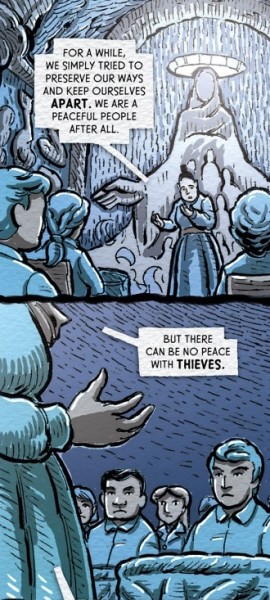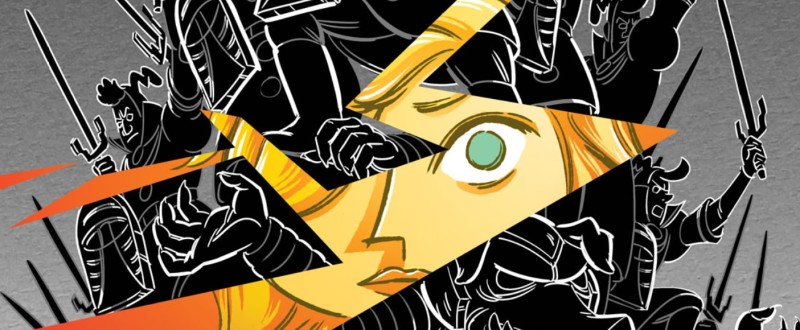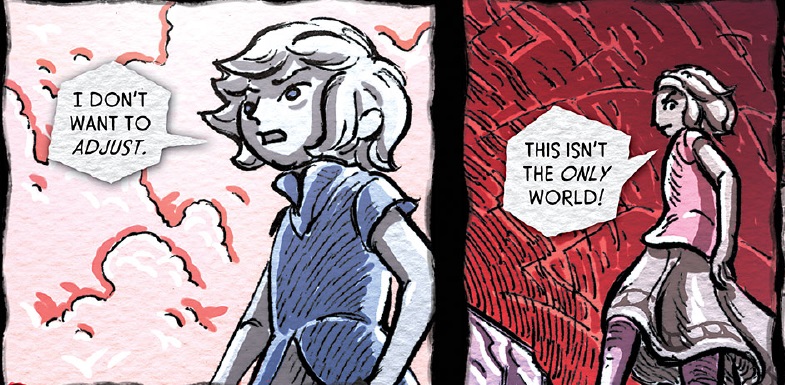In the new video-game-inspired graphic novel Second Quest, a young woman named Azalea who lives in a floating land with a mysterious history begins to see things most people don’t. Touching certain objects, she can glimpse their past, witnessing moments in the lives of other people who have also wielded those objects. But this ability also brings with it a different perspective on her world.
Knowing that not all is what it seems, Azalea starts questioning the conventional wisdom of her society, challenging the stories that say “this is why things are the way they are.” She has begun to suspect that maybe they don’t have to be that way, and that maybe the stories that say they do have to be that way are only told to convince people that this is the way things have to be. But as she dares to question the accepted truths of her world, she faces tremendous resistance. Challenging the status quo is a radical act, and not one that comes without a price.
In October of 2013, the writer of Second Quest, Tevis Thompson, suggested in a different way that maybe things don’t have to be the way they are. Earlier that year, the long-awaited, highly anticipated first-person shooter BioShock Infinite was released to critical acclaim. It earned glowing reviews from every major gaming site, seemingly meeting or surpassing all expectations players might reasonably have for such a game.
But what shapes our expectations for new games? Are our notions of what a game like BioShock Infinite should or shouldn’t do shaped to some degree by game reviews that evaluate whether or not such games do or don’t do very specific things? Should we expect more? Can we even imagine games doing more?

Thompson published a piece called On Videogame Reviews, and in it, he used the critical reactions to BioShock Infinite as a jumping-off point to challenge the entire state of mainstream video game criticism, and by extension, the larger gaming culture it simultaneously served and helped to sustain.



